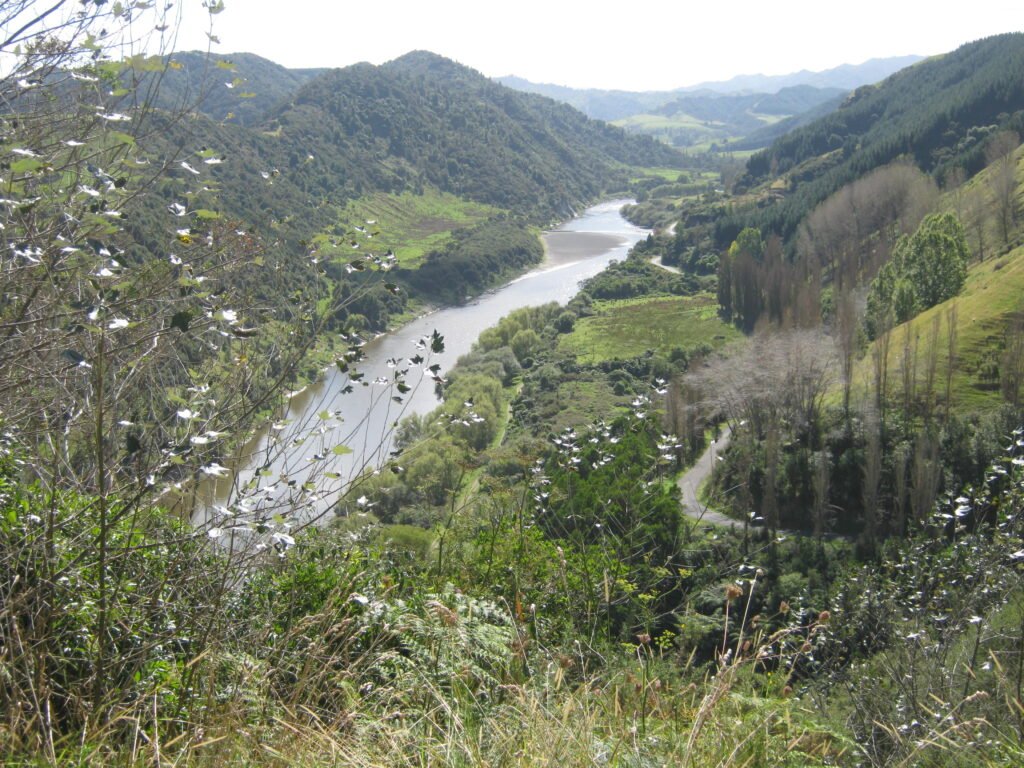Imagine waking up one morning to discover that the ancient forest just beyond your backyard now has the same legal rights as you do. It can speak in court, defend itself against destruction, and demand protection from harm. This isn’t a scene from a fantasy novel or a far-off dream. It’s a ground-shaking reality that’s quietly taking root in the heart of Australia, where the question “Should a forest have legal standing?” is no longer just a thought experiment—it’s a living, breathing movement. As bushfires rage and development pressures mount, the idea of granting legal personhood to forests is not just radical; it’s fiercely urgent. What if the trees, rivers, and ecosystems we love could finally fight back?
The Heartbeat of Australia’s Forests
Australia’s forests are more than just stretches of green; they’re the lungs of the continent, homes for dazzling biodiversity, and living links to Indigenous culture. When you walk among towering eucalypts or hear the calls of cockatoos, you feel something ancient pulsing beneath your feet. These forests are living communities, each with its own rhythm, relationships, and stories that stretch back thousands of years. Yet, for too long, they’ve been viewed as property—resources to be logged, cleared, or mined, rather than complex beings deserving protection.
Why Legal Standing Matters
Legal standing is a powerful concept in law—it means having the right to bring a case to court. Until now, only people and corporations have enjoyed this privilege. But if a forest could have legal standing, it could defend itself against harm. This would revolutionize conservation, shifting the narrative from passive protection to active legal agency. Forests could sue polluters, challenge destructive projects, and demand restoration when damaged. The stakes are enormous: it’s the difference between being voiceless and being heard.
The Spark: New Zealand’s Whanganui River
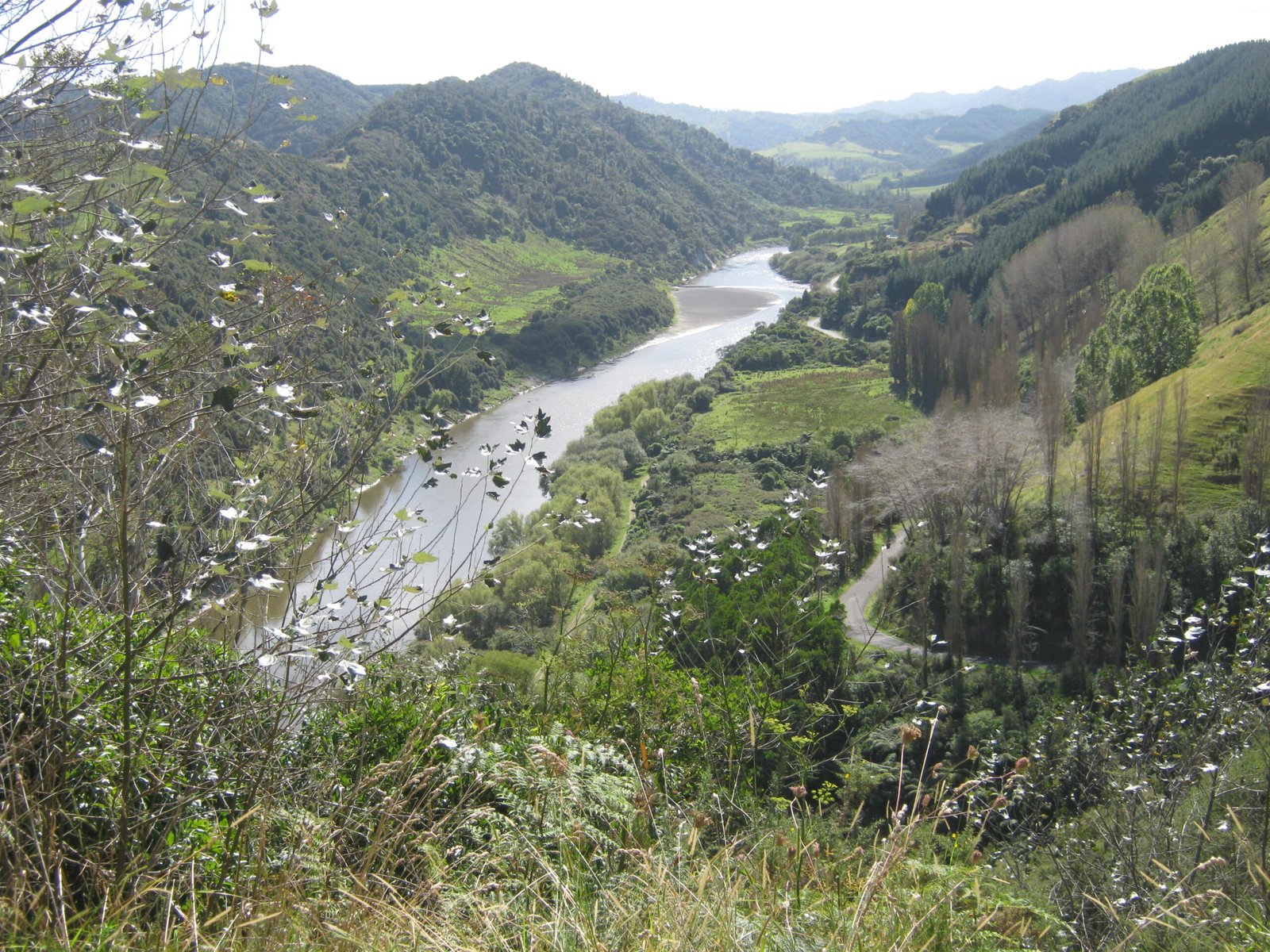
It might surprise you to learn that Australia’s radical conservation shift is inspired by a river across the Tasman Sea. In 2017, New Zealand’s Whanganui River was granted legal personhood, recognizing the river as an ancestor to the Māori people. This precedent sent shockwaves through the legal world and ignited hope among Australian activists. If a river could have rights, why not a forest? The Whanganui case showed that legal personhood isn’t just symbolic—it can reshape how societies relate to nature.
Australia’s First Steps Toward Forest Rights
In the past few years, a handful of Australian legal scholars, Indigenous leaders, and conservationists have begun to argue passionately for forests’ legal standing. Some regions are piloting projects where local councils recognize forests or rivers as legal entities. These small but seismic shifts are nudging the legal system toward a future where nature is no longer on the sidelines. The Daintree Rainforest, for example, is at the center of one such conversation, as advocates push for its recognition as a legal person.
Indigenous Wisdom and Connection
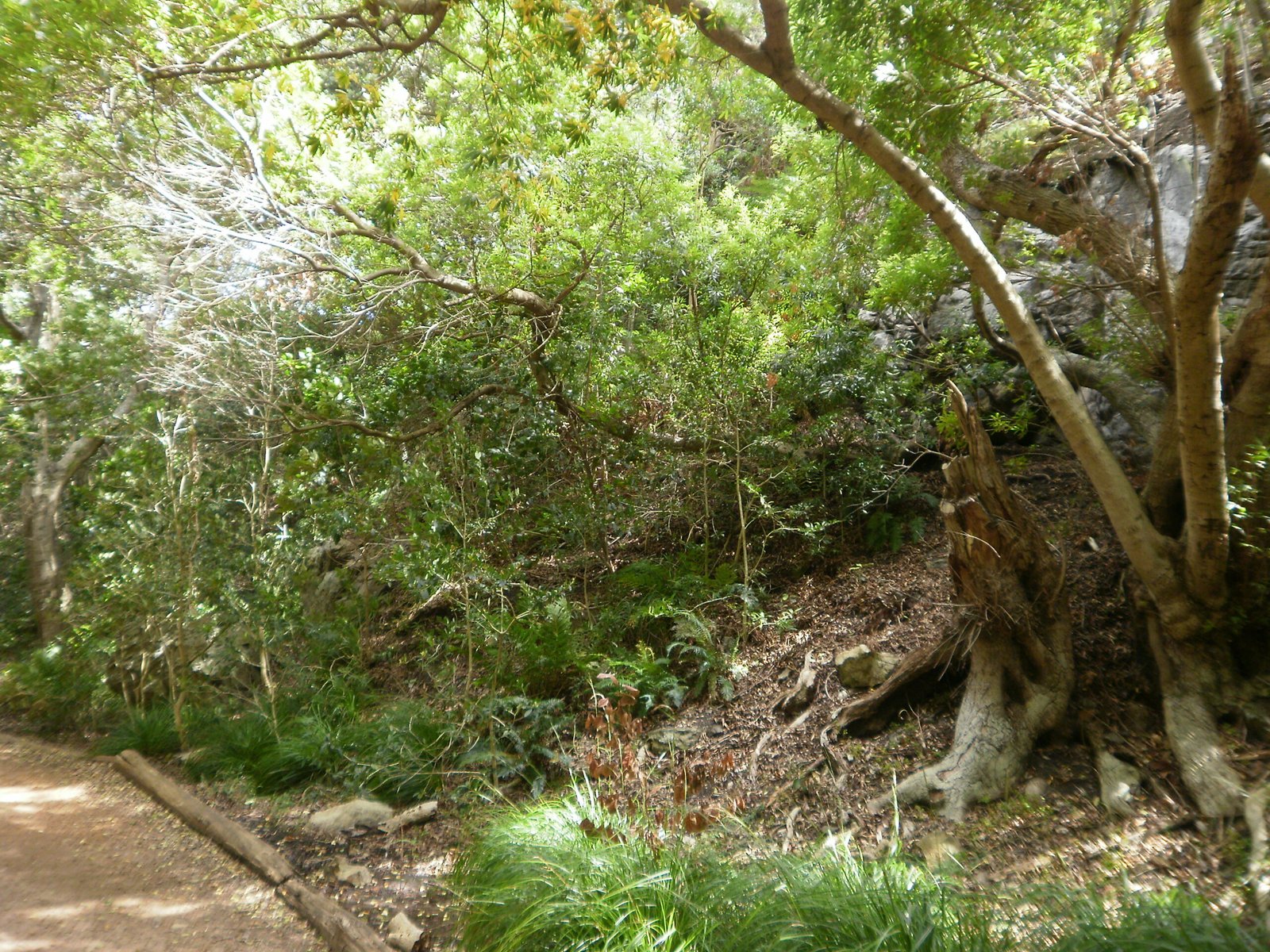
For Australia’s First Nations people, the idea that a forest could have rights isn’t radical at all; it’s ancient wisdom. Indigenous Australians have always understood forests as kin—relatives with whom humans share obligations and responsibilities. By granting legal standing to forests, Australian law would finally begin to reflect this deep relationship. It’s a chance to blend ancient custodianship with modern law, honoring the voices that have cared for these lands long before colonization.
Scientific Support: Ecosystems as Living Systems
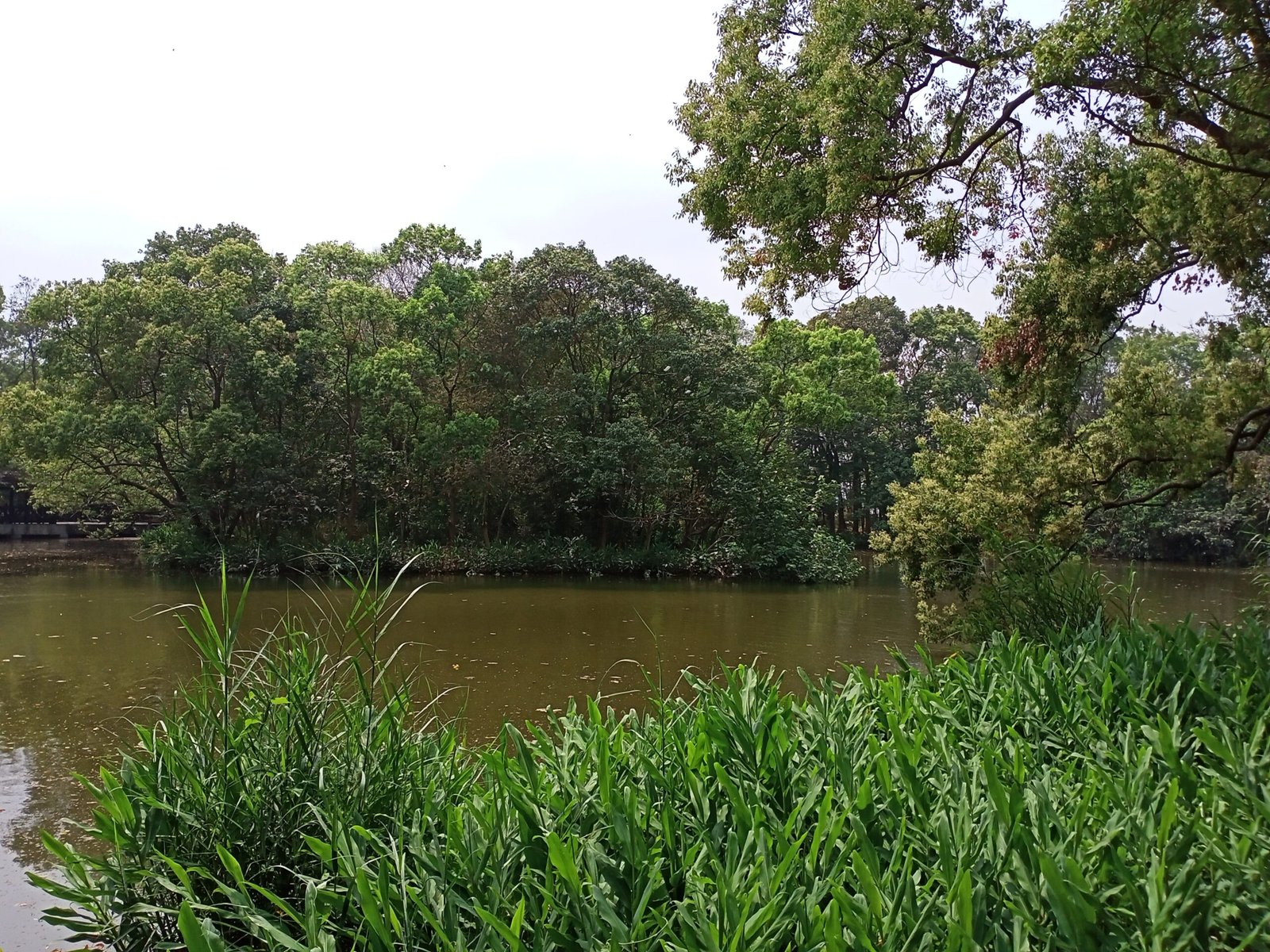
Science increasingly supports the view that forests are more than collections of trees. They’re intricate webs of life, with trees communicating through underground fungal networks and animals playing vital roles in ecosystem health. Researchers have found that forests “remember” disturbances, recover from shocks, and even “learn” from experience in ways that echo communities of living beings. This understanding bolsters the case for legal rights, as it highlights forests’ complexity and intrinsic value.
Legal Personhood: What Does It Mean?
Legal personhood doesn’t mean a forest gets a passport or pays taxes. Instead, it means the forest can be represented in court, with guardians acting on its behalf. This status allows for lawsuits to prevent harm, seek compensation, or enforce restoration. In legal terms, it’s a radical expansion of who counts as a “person.” Critics worry it could clog courts, but supporters argue it’s a crucial step for environmental justice.
The Role of Guardians and Representatives
Giving a forest legal standing raises the question: who speaks for the trees? In practice, human guardians—often Indigenous leaders, conservationists, or local councils—are appointed to represent the forest’s interests in court. These guardians act as a bridge, interpreting the needs of the ecosystem through both science and traditional knowledge. It’s a daunting responsibility, but one that has the power to transform conservation from top-down control to genuine stewardship.
Shifting the Conservation Paradigm
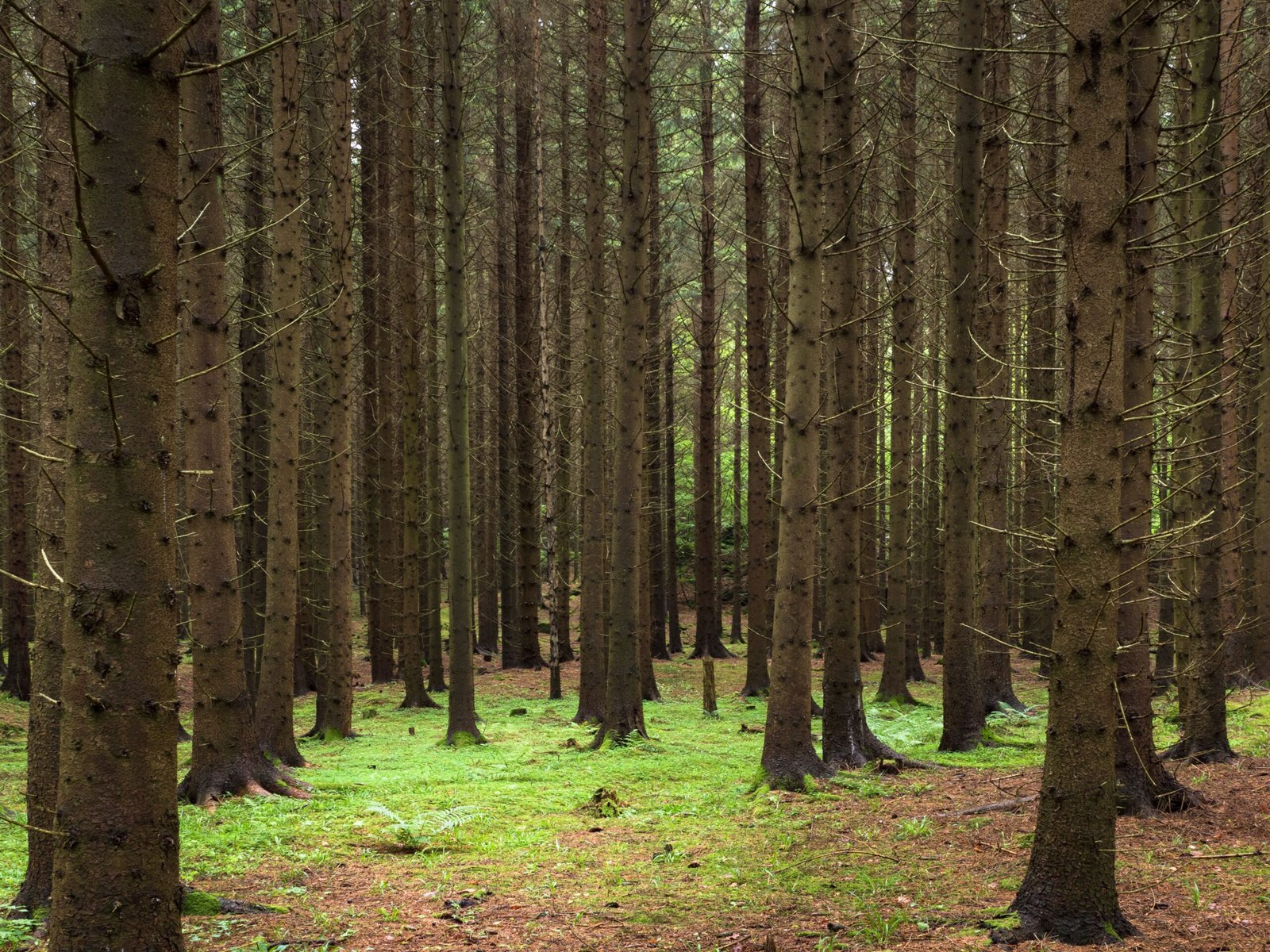
Traditional conservation has often focused on setting aside land, restricting access, or imposing fines on polluters. Legal personhood flips the script—it empowers the ecosystem itself to demand protection and restoration. Imagine a scenario where a forest, through its guardians, sues a corporation for illegal logging. The mere possibility of such cases shifts the balance of power and forces decision-makers to think twice before risking harm.
Resistance and Controversy
Not everyone is on board with this radical shift. Some politicians and industry groups argue that granting legal rights to forests could stifle economic development or create legal chaos. Others warn that it might dilute human rights or lead to frivolous lawsuits. These debates are heated, reflecting deep divisions about the value of nature and the limits of legal innovation. Still, as climate crises escalate, more Australians are questioning whether the old ways of protecting forests are enough.
Economic Implications and Opportunities
Critics often point to the economic risks of granting forests legal standing, warning of lost jobs or investment. But advocates see opportunities for green innovation, sustainable tourism, and new partnerships with Indigenous communities. By recognizing forests as legal persons, Australia could attract international attention and funding for conservation. The shift could also spur new markets for ecosystem services, where forests are valued for their carbon storage, water filtration, and biodiversity.
Impact on Biodiversity and Climate Action
Australia is a global biodiversity hotspot, but it’s also one of the world’s most deforested nations. Granting legal standing to forests could be a game-changer for endangered species and climate resilience. Legal rights would empower forests to resist fragmentation, pollution, and invasive species. Healthy forests sequester carbon, cool the air, and protect against floods and drought. In the face of intensifying climate extremes, these benefits are not just ecological—they’re existential.
Case Study: The Daintree Rainforest
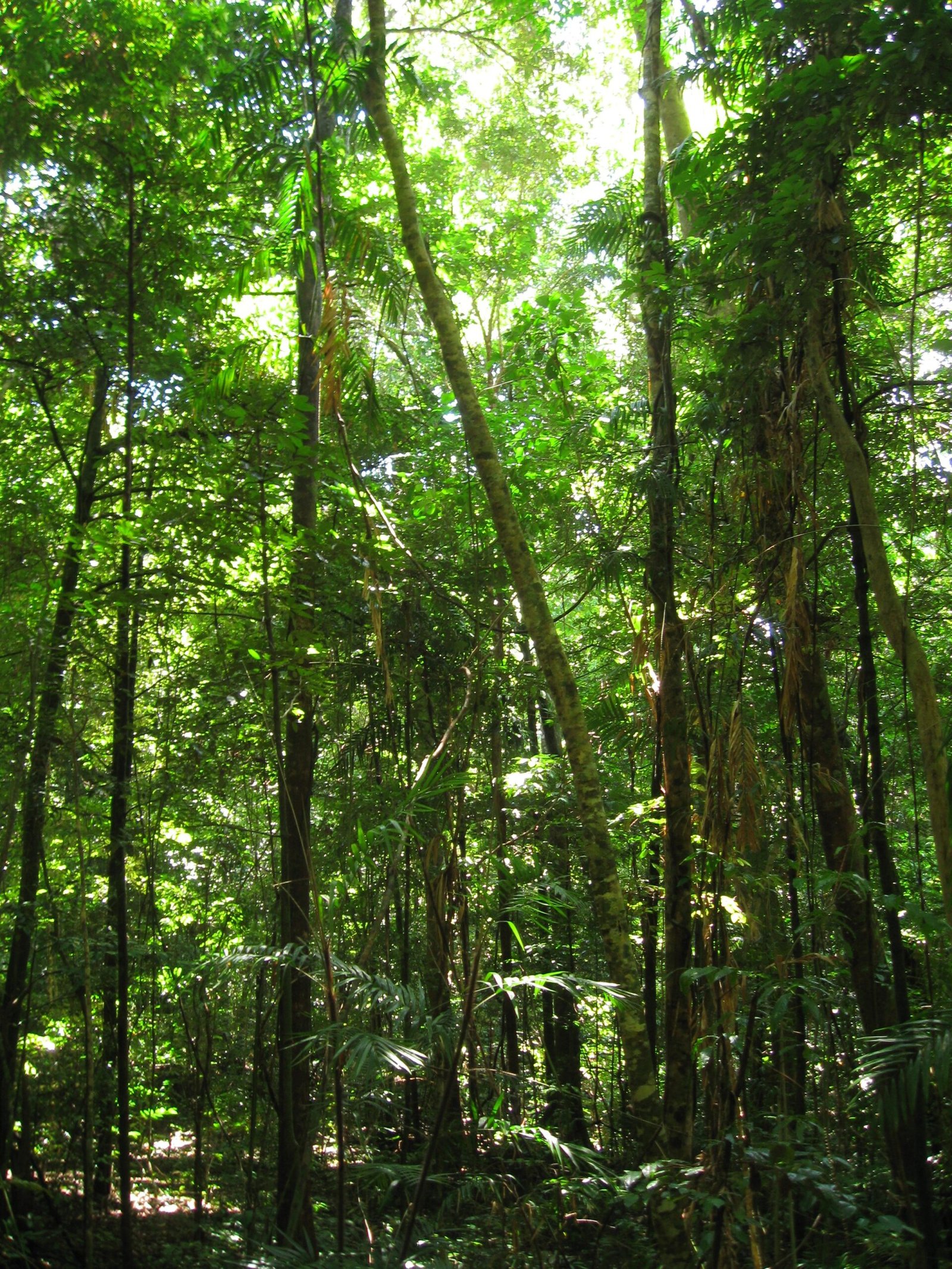
The Daintree, a jewel of tropical biodiversity, is at the center of calls for legal personhood. With ancient ferns, rare marsupials, and vibrant birdlife, the Daintree is a living laboratory. Recent debates have focused on whether recognizing the Daintree as a legal entity could halt illegal land clearing and promote ecotourism. Local Indigenous groups are leading the charge, eager to combine traditional stewardship with new legal tools. It’s a real-world test of whether this radical idea can deliver results.
Community Involvement and Local Voices
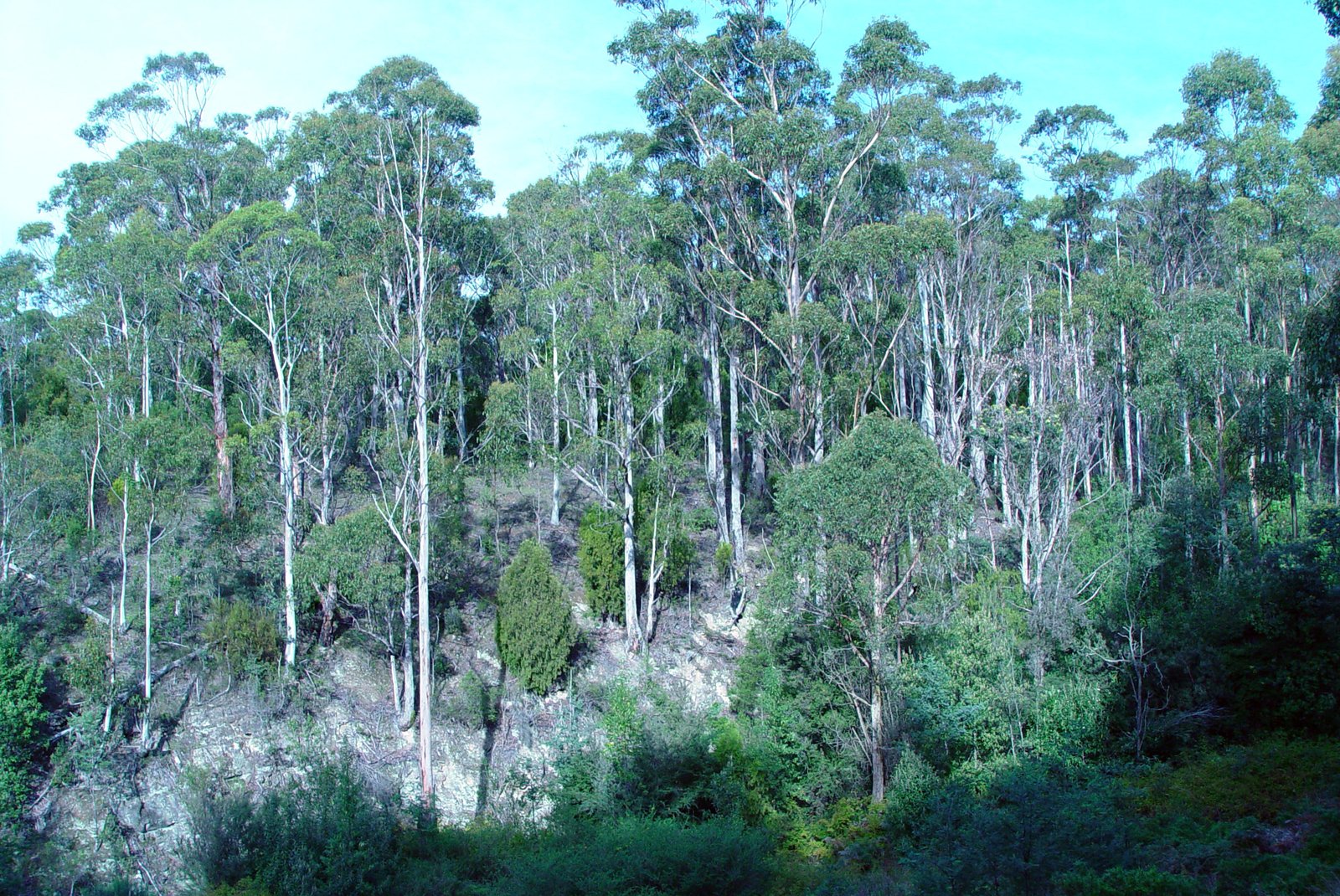
One of the most inspiring aspects of this movement is its grassroots energy. Communities from Tasmania to Queensland are holding forums, workshops, and art exhibitions to explore what forest rights could look like. These local voices are essential, ensuring that legal changes don’t just happen in courtrooms but reflect the dreams and needs of people who live alongside the forests. The movement is about more than law; it’s about forging a new relationship with nature.
Learning from Global Precedents
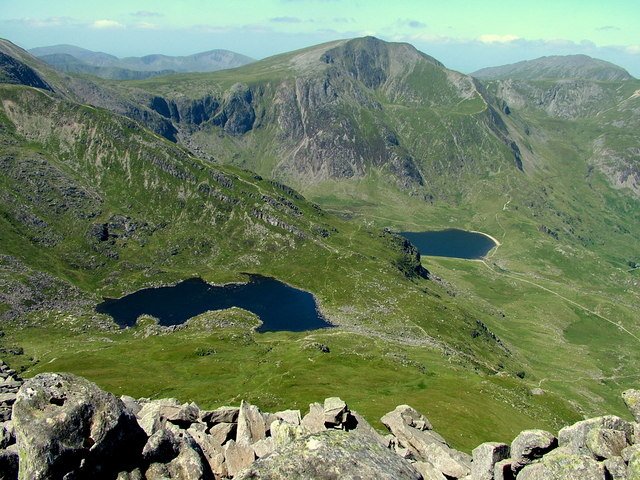
Australia is not alone in this journey. Countries from Ecuador to India have experimented with granting legal rights to rivers, mountains, and forests. Each case brings lessons in what works—and what doesn’t. For example, in Ecuador, constitutional rights for nature have led to landmark court victories, while in India, enforcement has sometimes stalled. Australian advocates are watching these examples closely, eager to adapt global insights to local realities.
Challenges of Implementation

Turning legal theory into practice is never easy. Questions abound: How do you measure harm to a forest? Who decides when a right has been violated? What happens when economic interests clash with ecological needs? These challenges require creative problem-solving, new scientific tools, and robust public debate. It’s uncharted territory, but many believe the risks are worth taking for the sake of future generations.
The Role of Science in Courtrooms
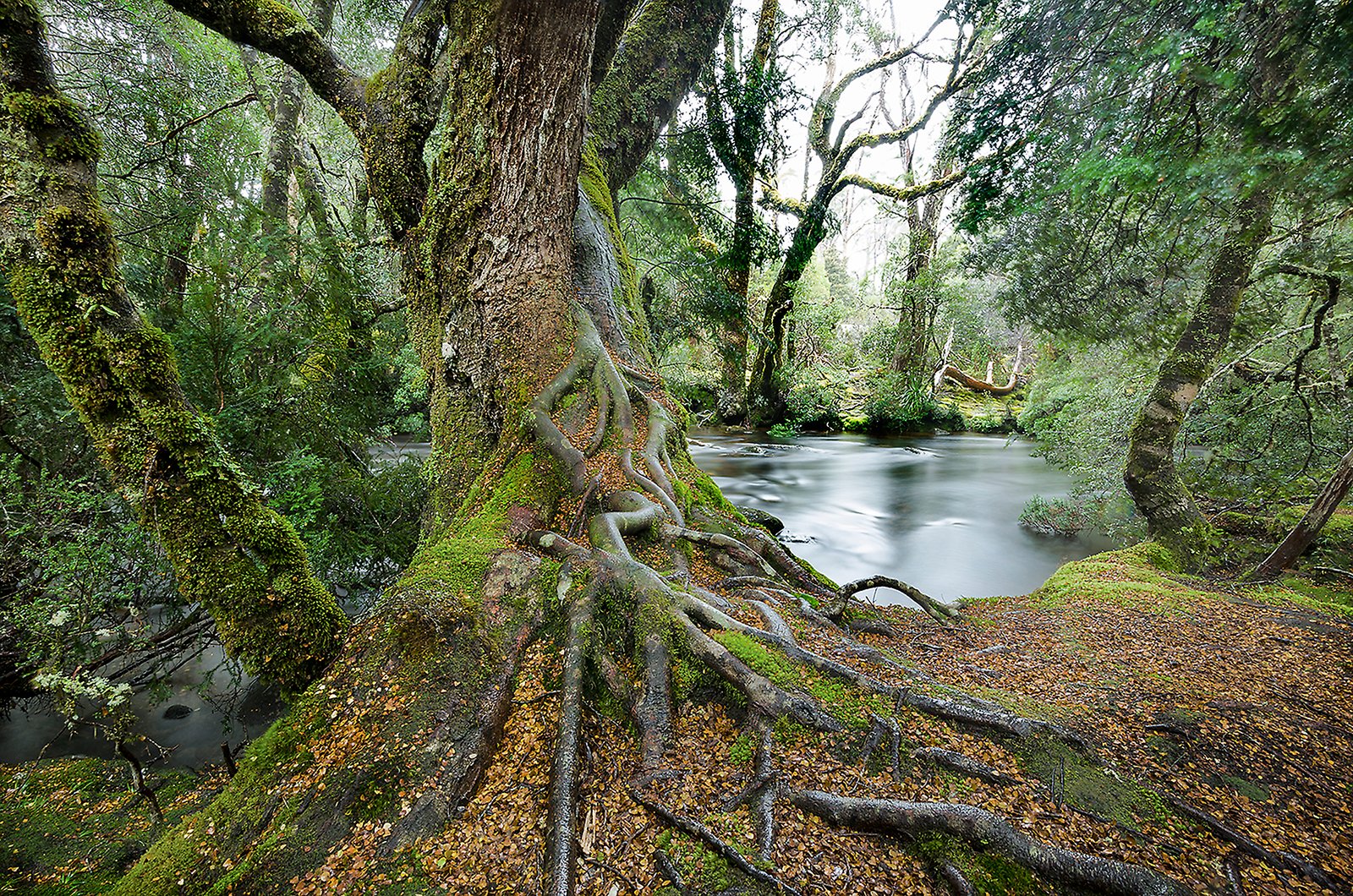
Science will play a crucial role in making forest rights meaningful. Judges and juries will need to understand complex ecological relationships, assess environmental harm, and weigh expert testimony. New technologies, like satellite monitoring and DNA barcoding, can provide evidence of damage or recovery. Scientists and lawyers will need to work hand-in-hand, translating data into compelling legal arguments that reflect the realities of living ecosystems.
Children and Future Generations
At its core, granting legal standing to forests is about legacy. It’s about ensuring that children today—and their grandchildren—inherit living, thriving ecosystems. Australian youth are already at the forefront of climate activism, demanding bold action to protect their future. By embedding forest rights in law, Australia could send a powerful message: that the rights of nature and the rights of future generations are inseparable.
Media, Art, and Changing Minds
Stories have power. Australian artists, filmmakers, and writers are using their talents to reimagine the relationship between people and forests. Through documentaries, paintings, and novels, they’re inviting the public to see forests not as resources, but as neighbors and partners. These cultural shifts are essential for building the broad support needed to make legal change stick.
A New Chapter in Conservation
The idea that a forest should have legal standing once seemed outrageous. Now, it’s at the heart of a conservation revolution unfolding in Australia. As forests face unprecedented threats, the movement for legal personhood is a bold experiment in rethinking our place in the natural world. Will we seize this moment and rewrite the rules—or cling to the old ways until it’s too late?

